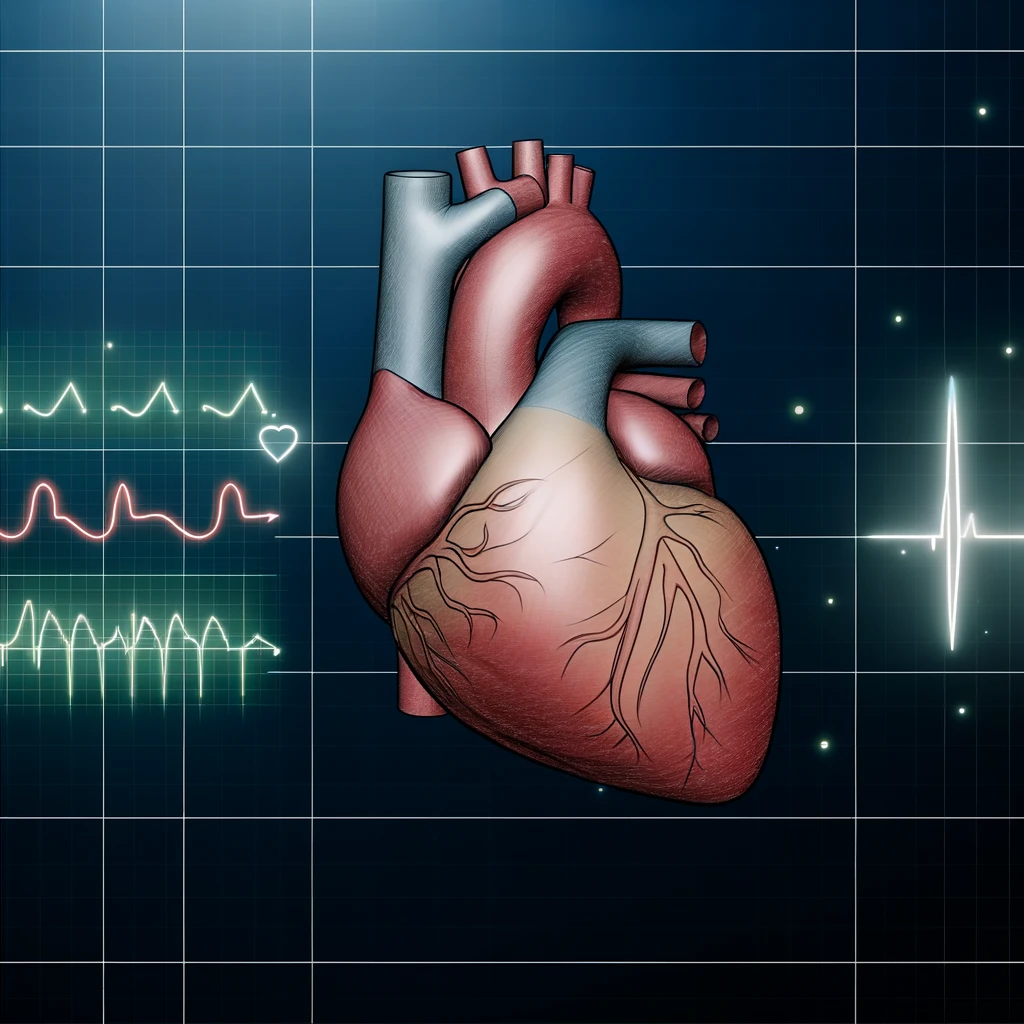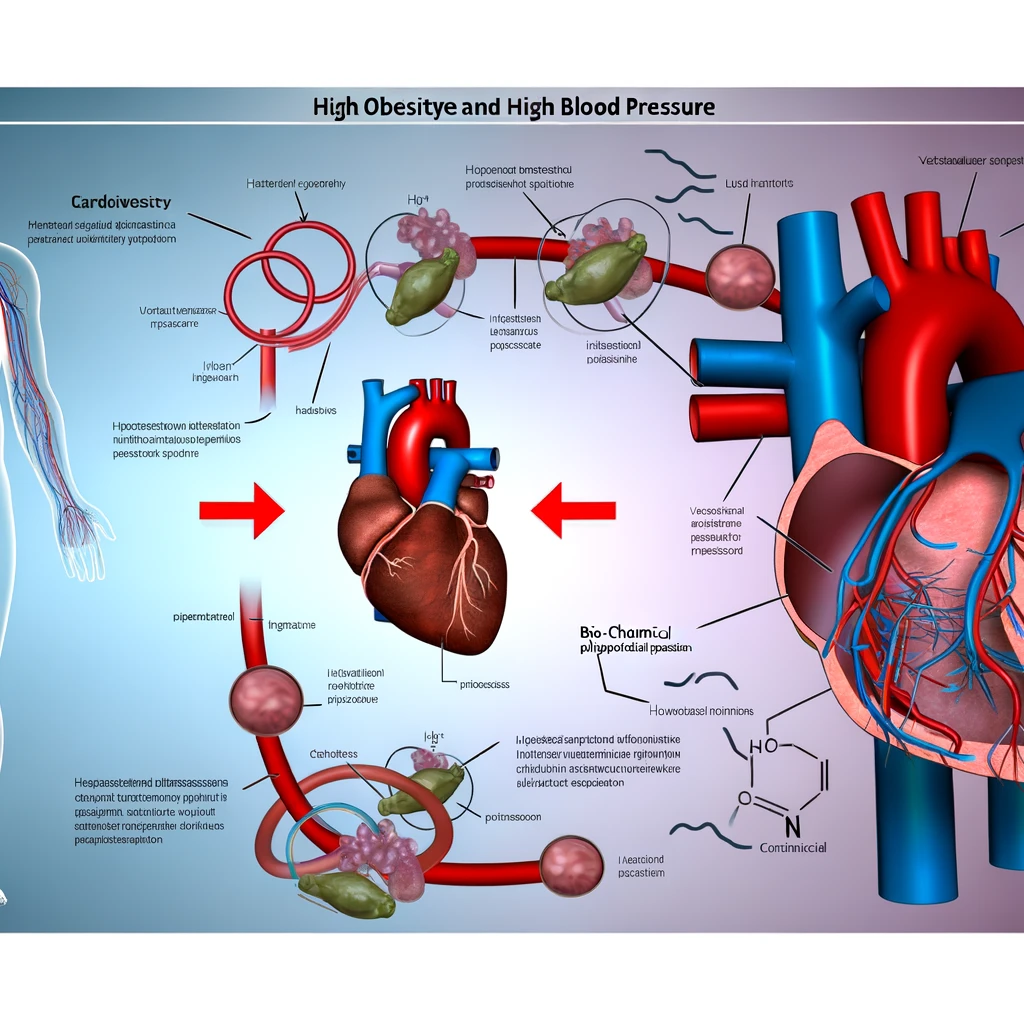
Introduction to Heart Rate Variability (HRV)
Heart rate variability (HRV) is a fascinating physiological phenomenon that reflects the variation in the time interval between heartbeats. This variation is a critical indicator of the autonomic nervous system's activity and provides valuable insights into an individual's overall health and stress levels.
The Science Behind HRV
HRV is primarily influenced by the autonomic nervous system, which consists of the sympathetic and parasympathetic branches. The sympathetic nervous system is responsible for the 'fight or flight' response, while the parasympathetic nervous system promotes 'rest and digest' activities. HRV measures the balance between these two systems, offering a window into how the body responds to stress and recovery.
Measuring HRV
HRV is measured using electrocardiograms (ECG) or heart rate monitors that capture the time intervals between successive heartbeats, known as R-R intervals. Advanced algorithms analyze the variability of these intervals to provide an HRV score. A higher HRV indicates better cardiovascular fitness and autonomic nervous system balance, while a lower HRV may suggest stress or potential health issues.
Health Significance of HRV
The significance of HRV extends beyond simple heart health. It serves as a biomarker for various physiological and psychological conditions. For instance, lower HRV is associated with increased stress levels, anxiety, and depression, while higher HRV is linked to better cardiovascular health, improved emotional regulation, and enhanced physical performance.
HRV and Fitness
Athletes and fitness enthusiasts often monitor HRV to optimize training. By tracking HRV, individuals can tailor their workouts to avoid overtraining and ensure adequate recovery. A decrease in HRV may indicate the need for rest, while consistent HRV scores suggest the body is responding well to the training regimen.
HRV and Stress Management
HRV is a powerful tool for stress management. Techniques such as deep breathing, meditation, and yoga have been shown to increase HRV, indicating a shift towards parasympathetic dominance and improved relaxation. By incorporating these practices into daily routines, individuals can enhance their resilience to stress and improve overall well-being.
Conclusion
Understanding heart rate variability is crucial for anyone interested in optimizing their health and well-being. By monitoring HRV, individuals can gain insights into their body's stress response and make informed decisions about lifestyle changes and fitness strategies. As research continues to uncover the myriad ways HRV influences health, its role in preventive medicine and wellness is likely to become even more prominent.
Related Articles




